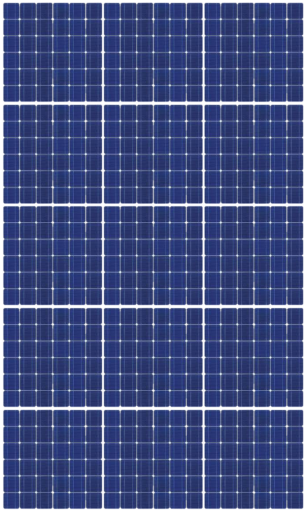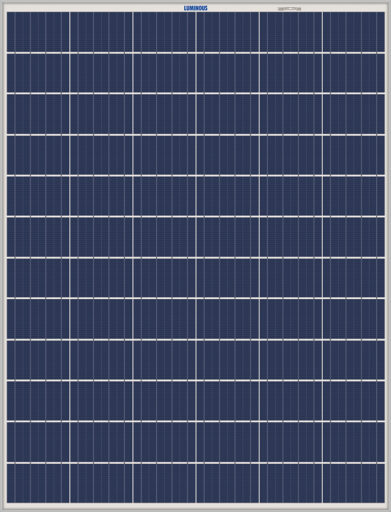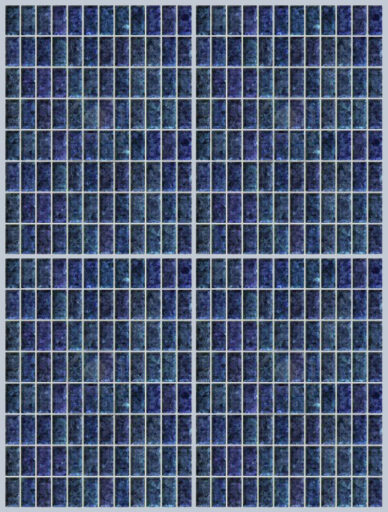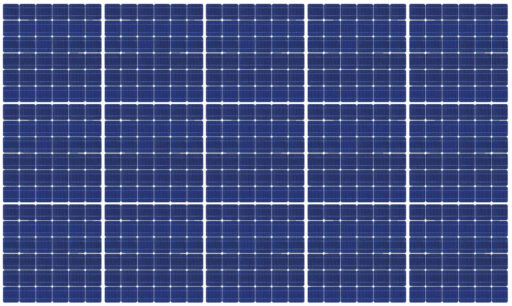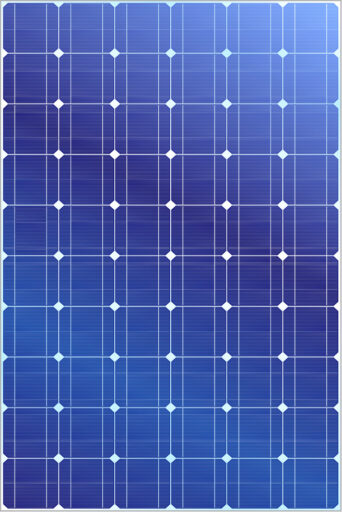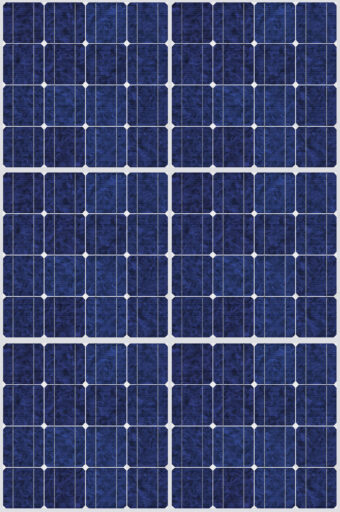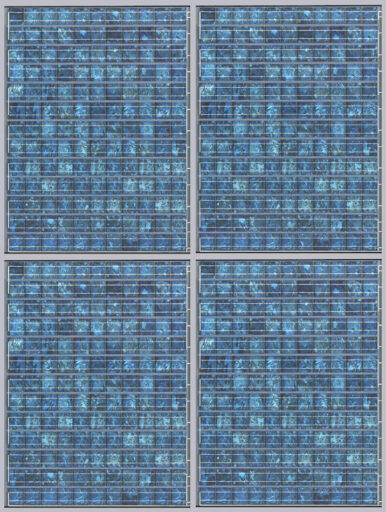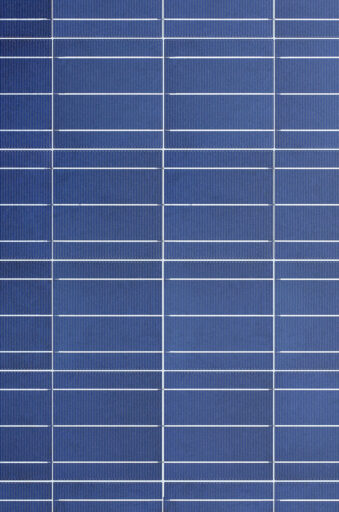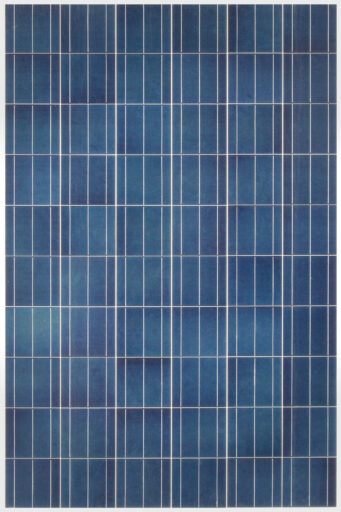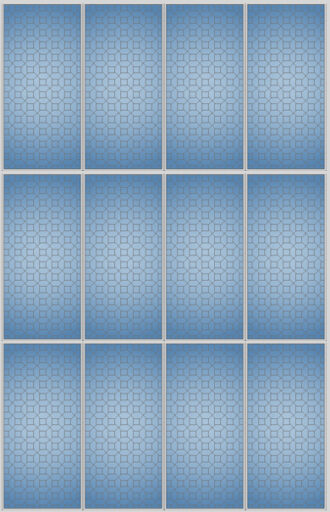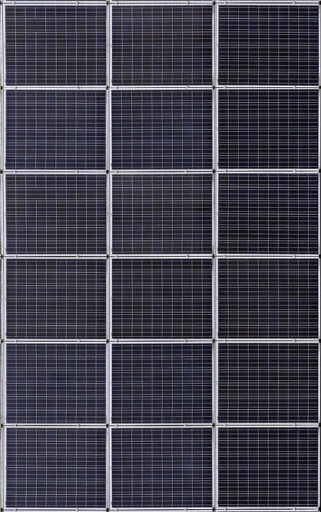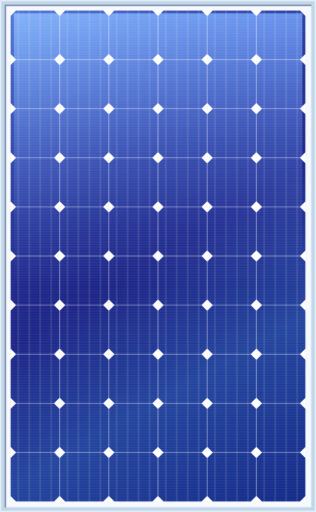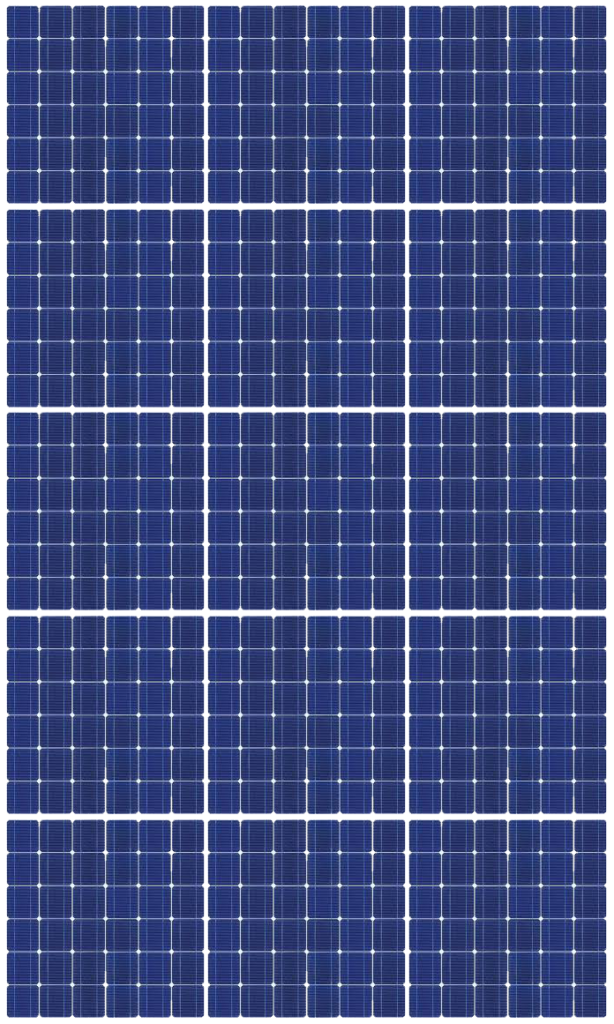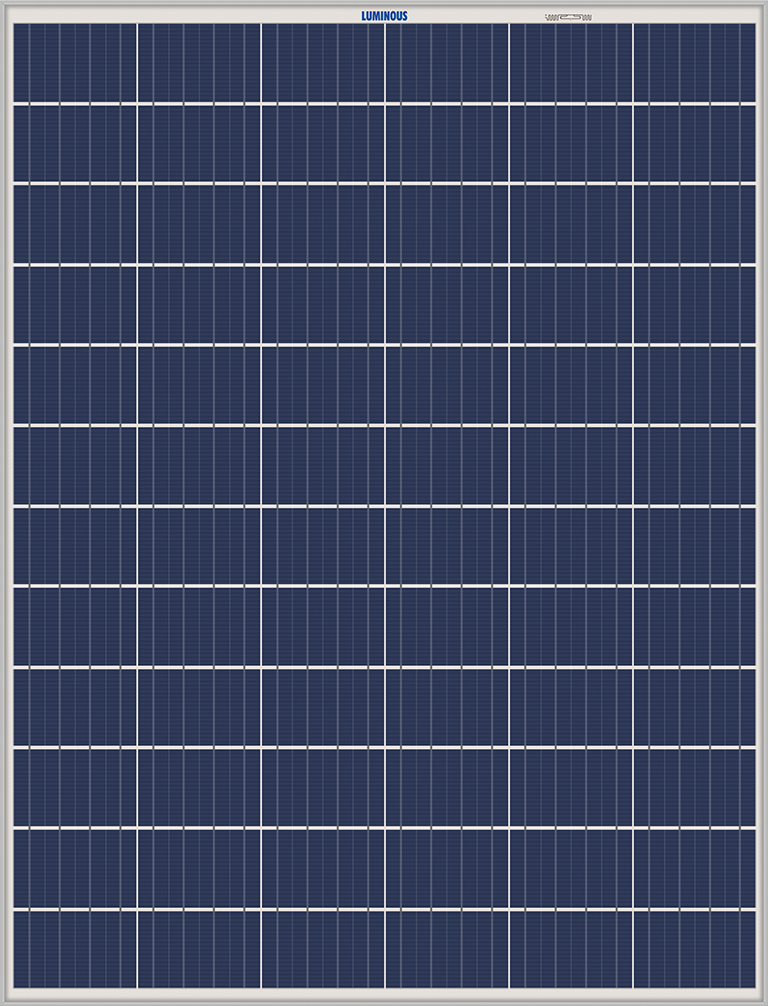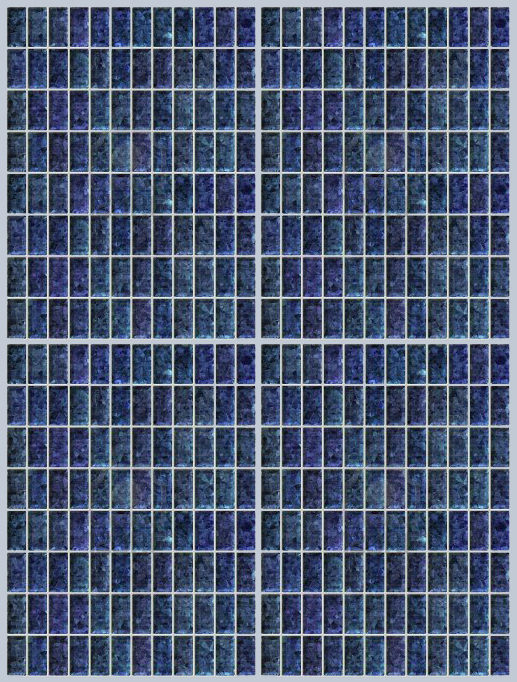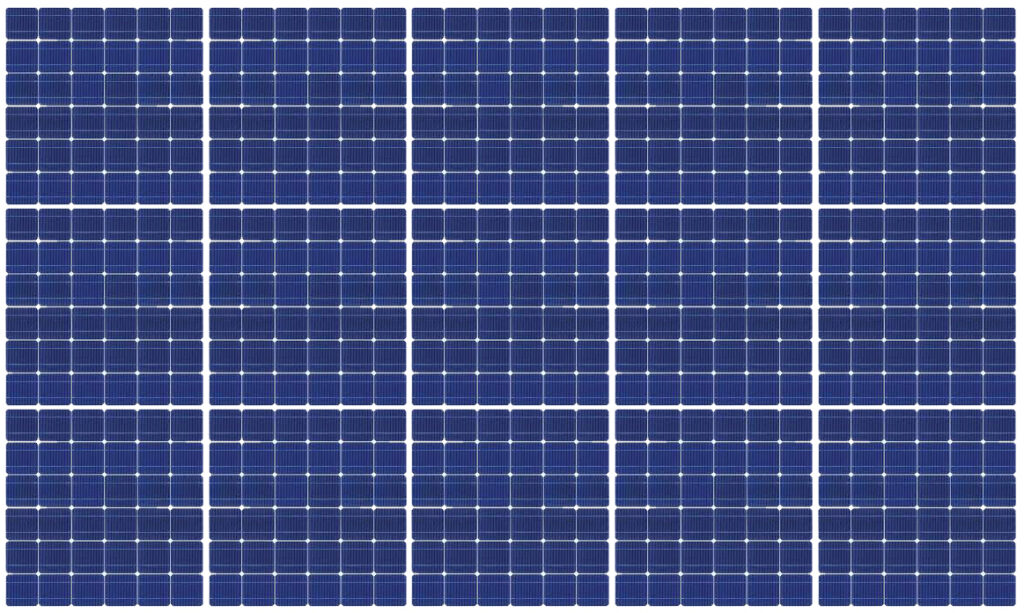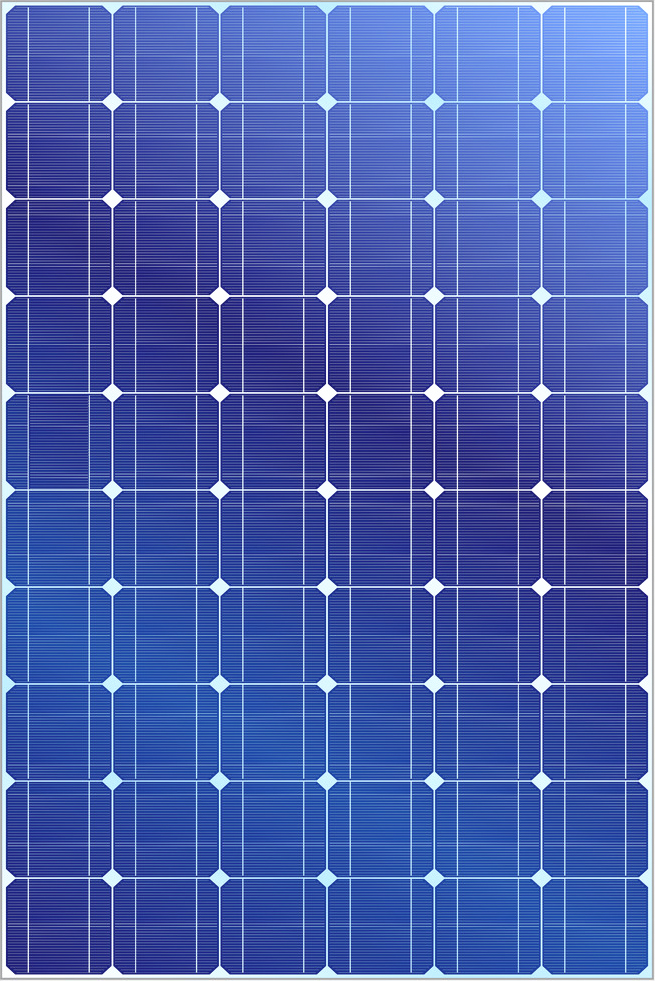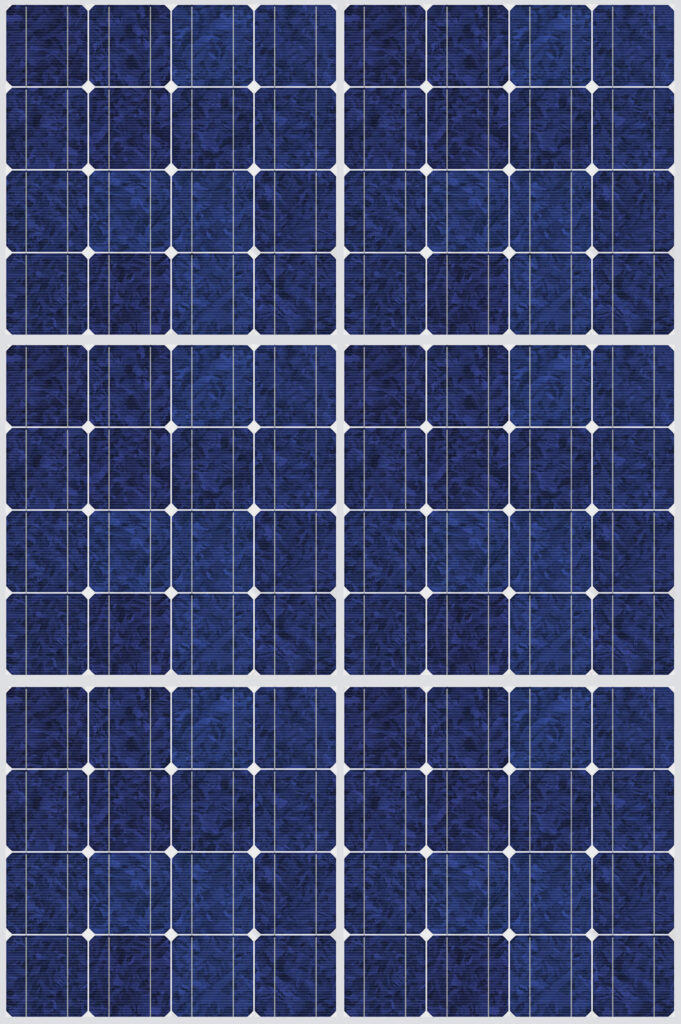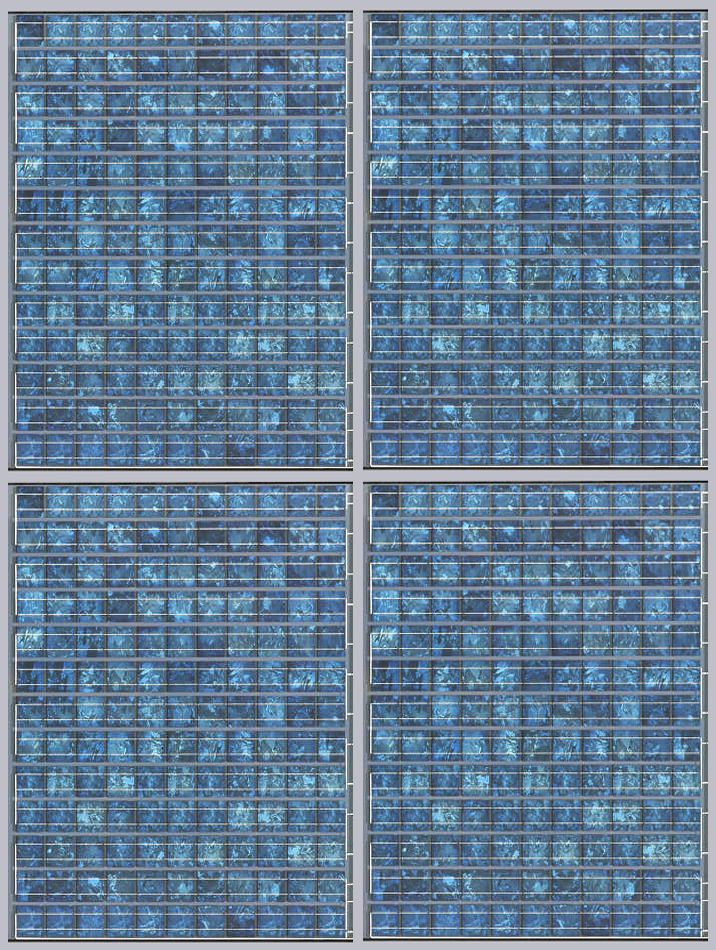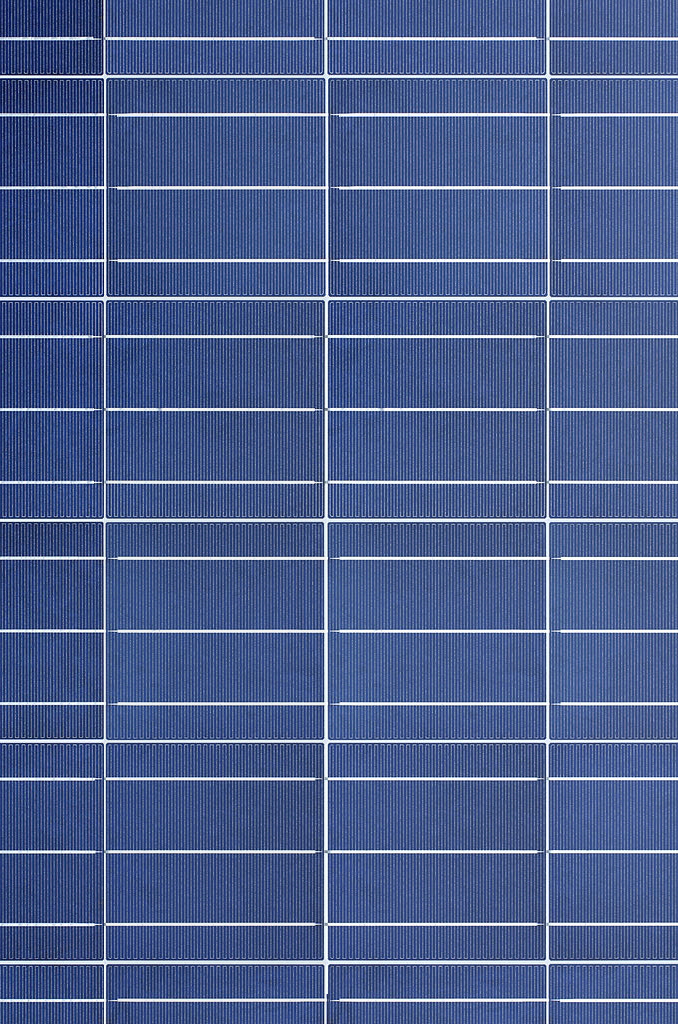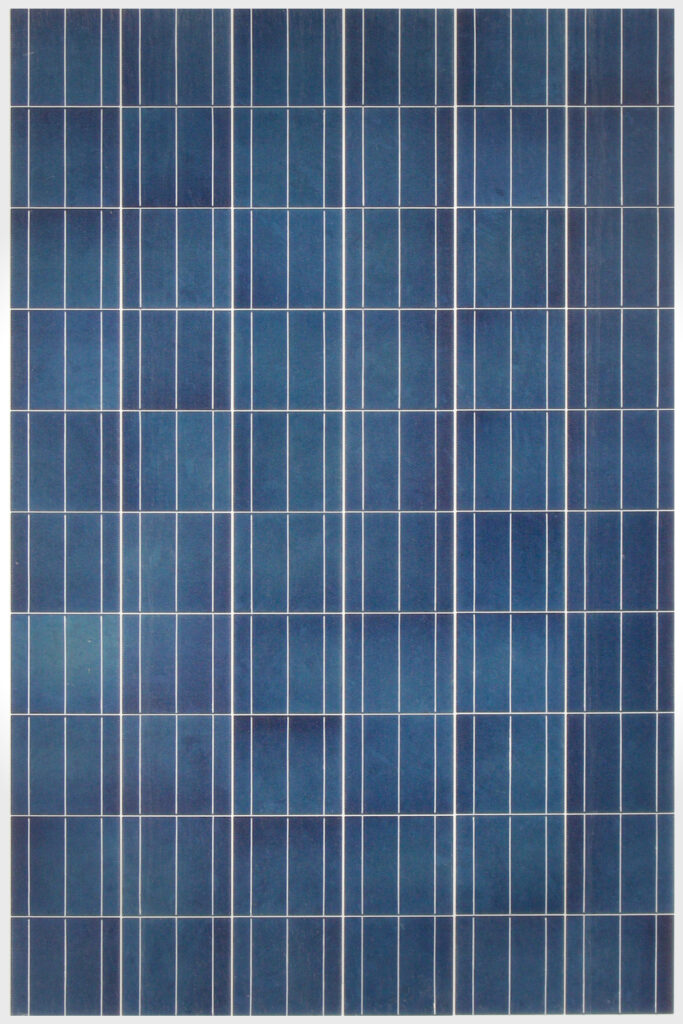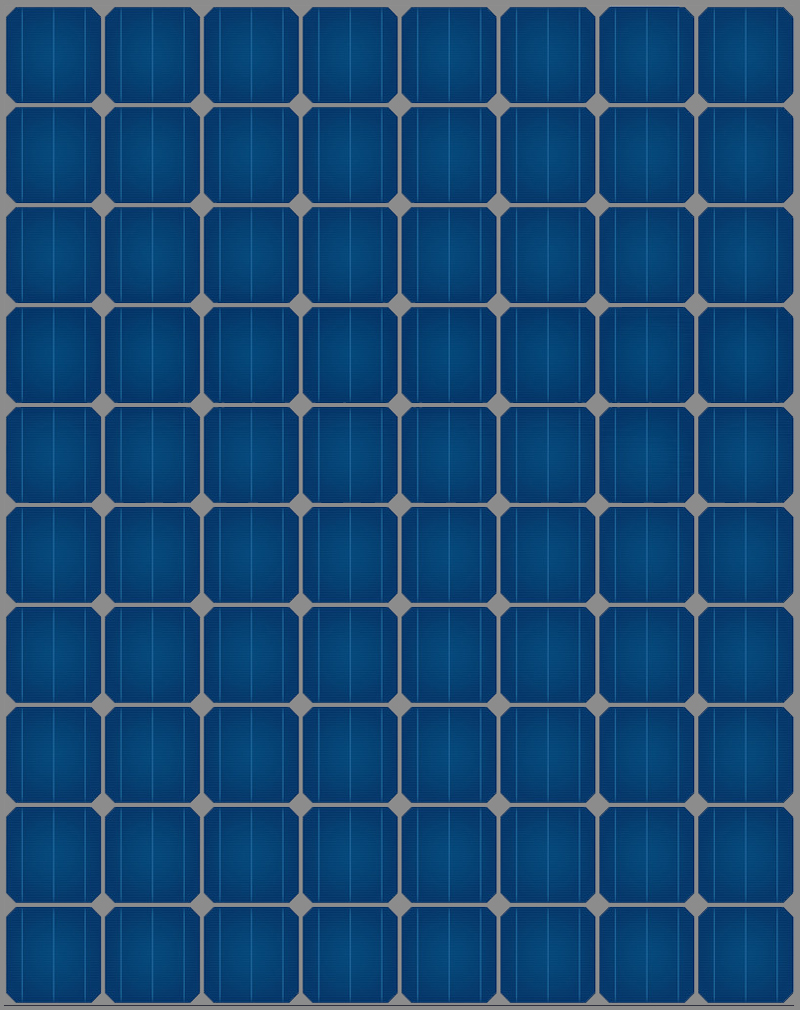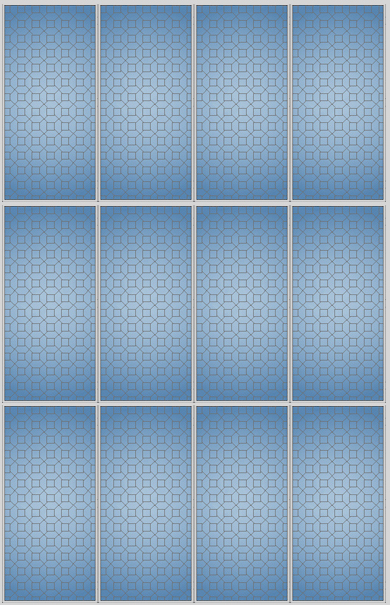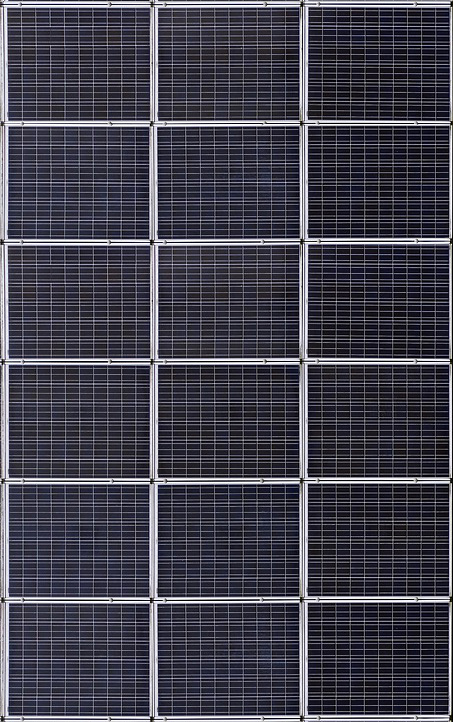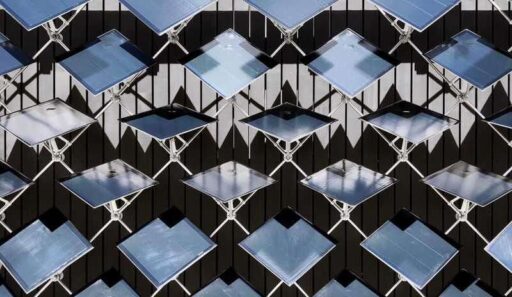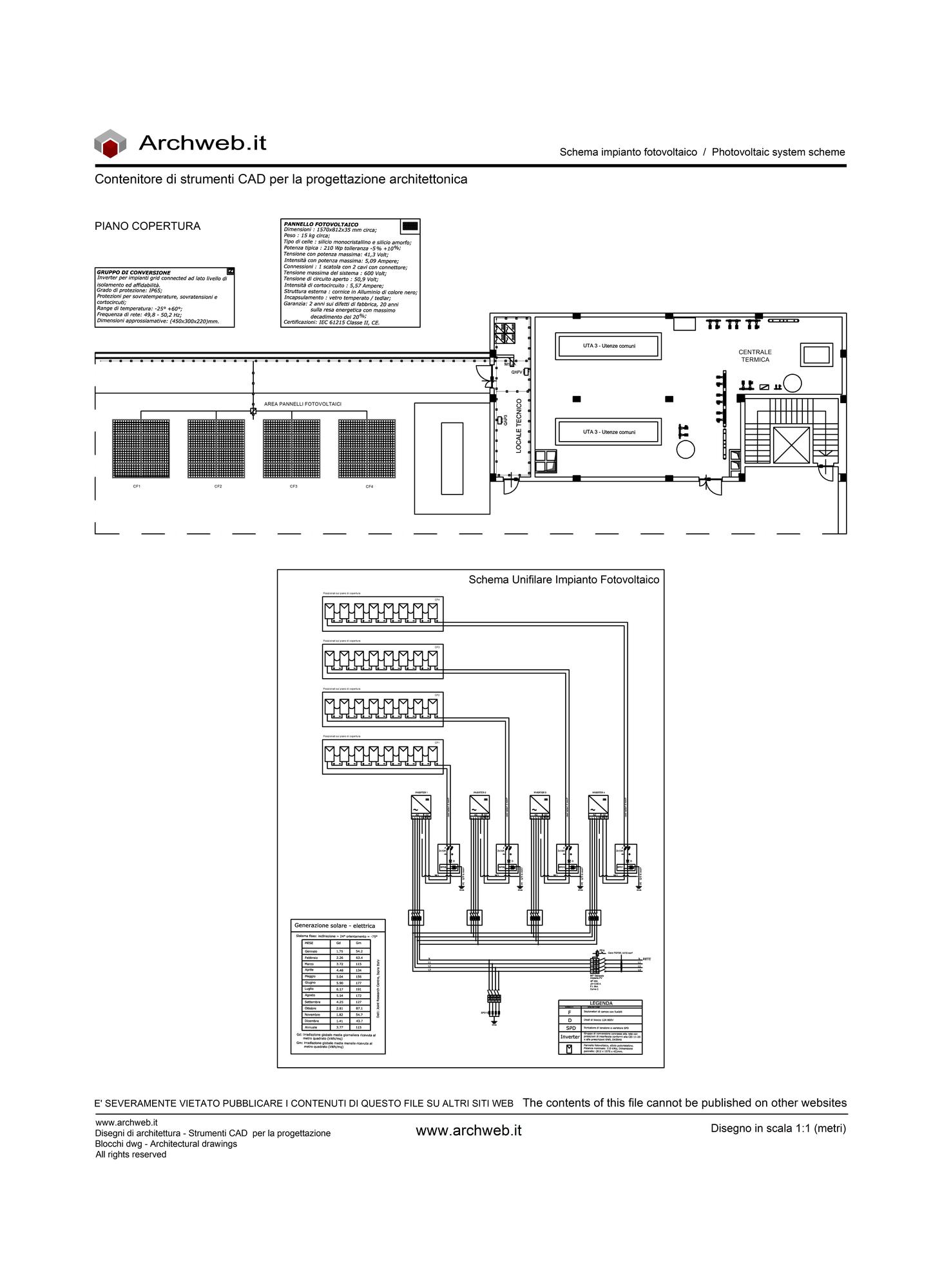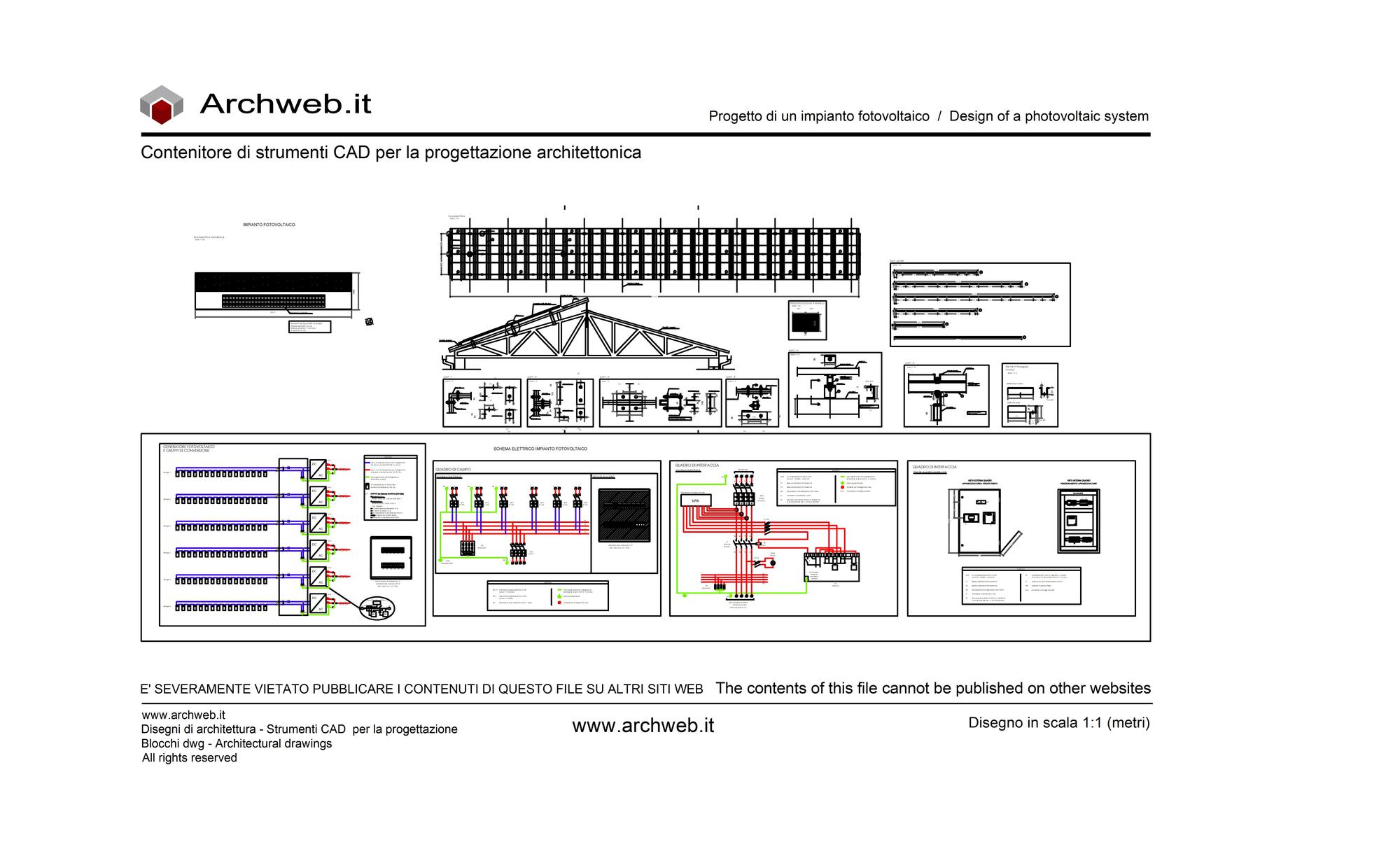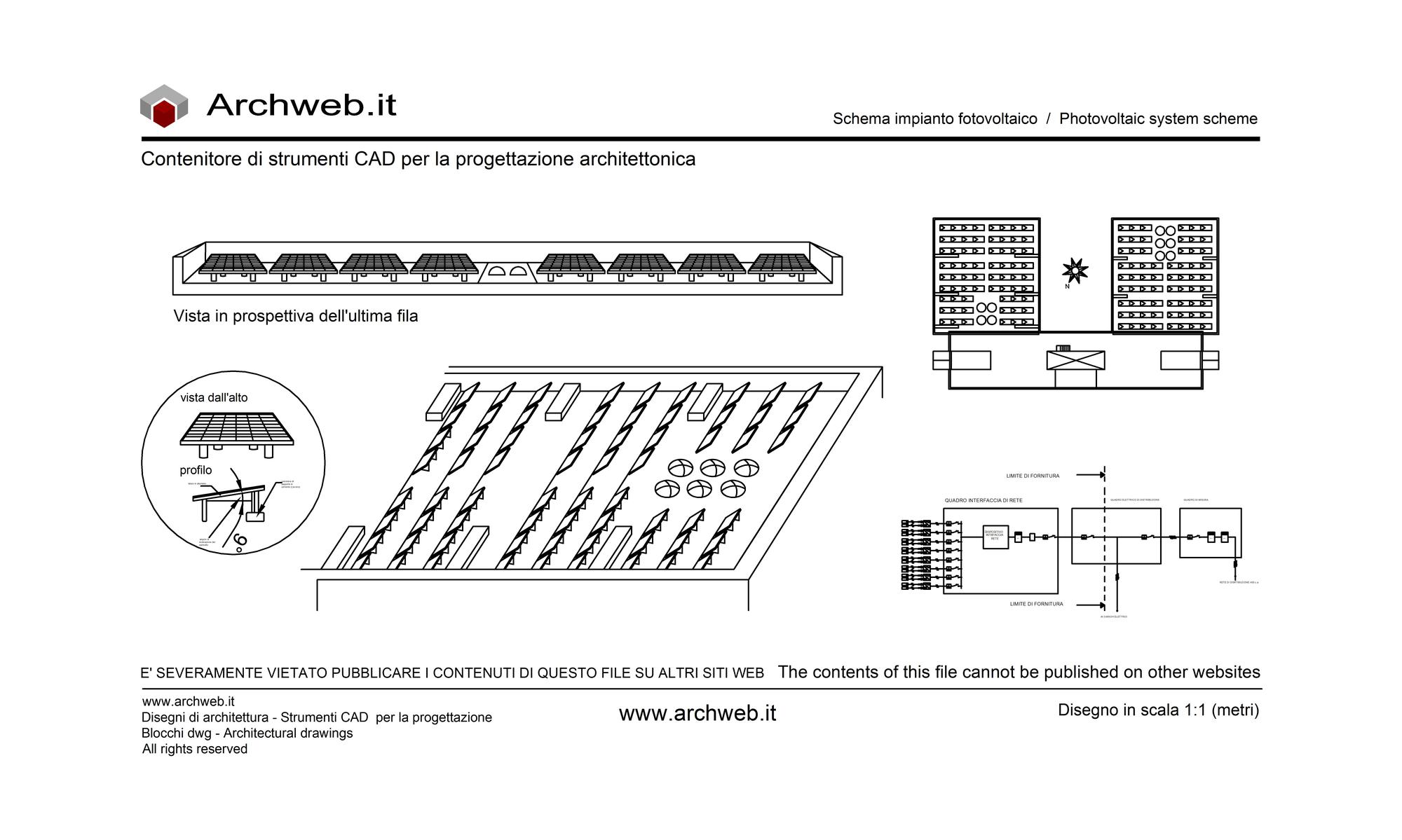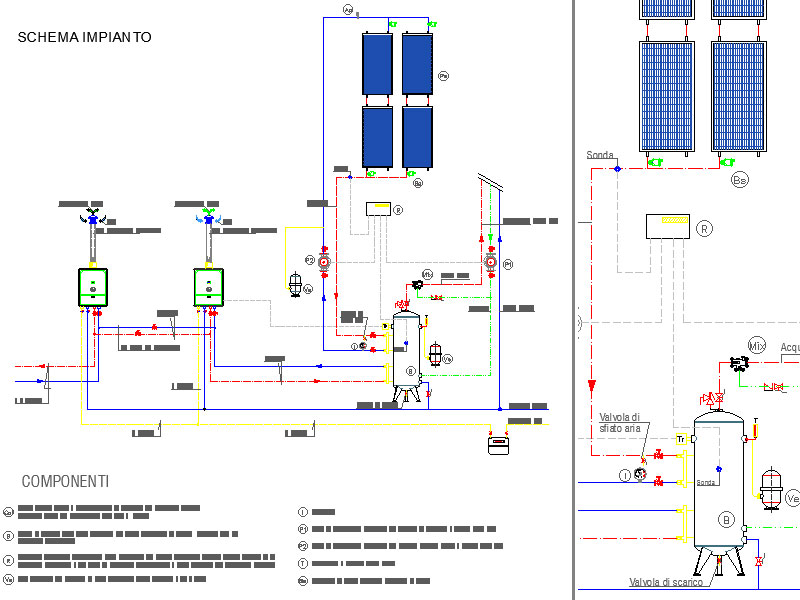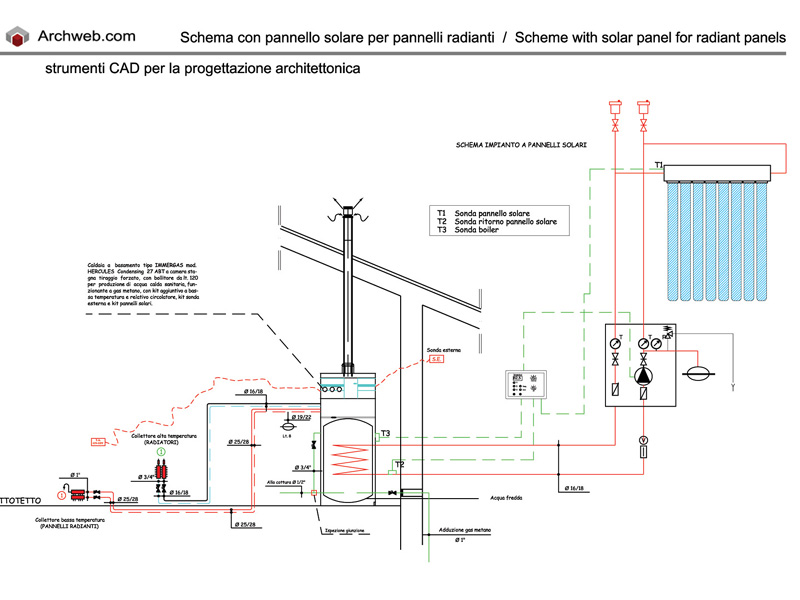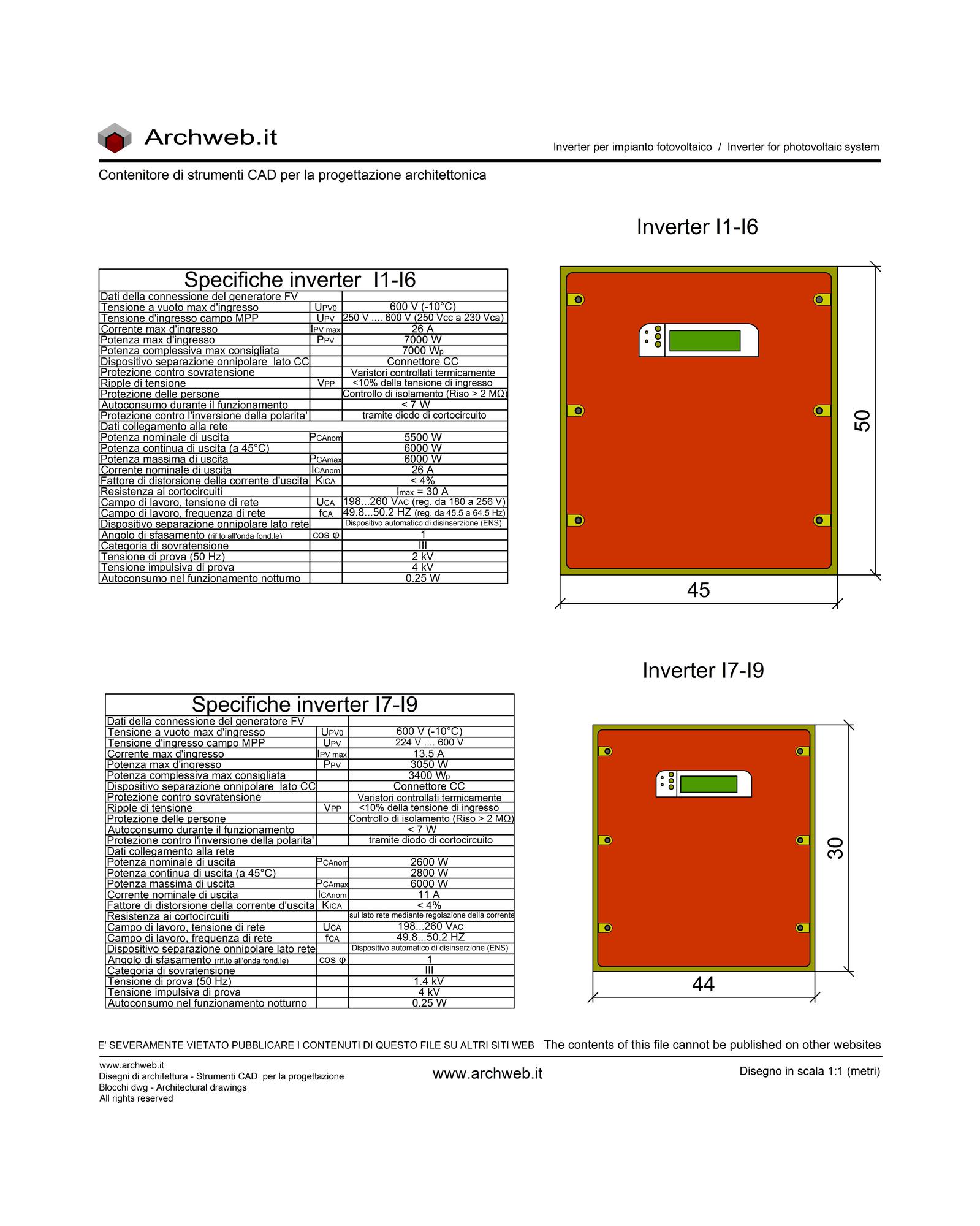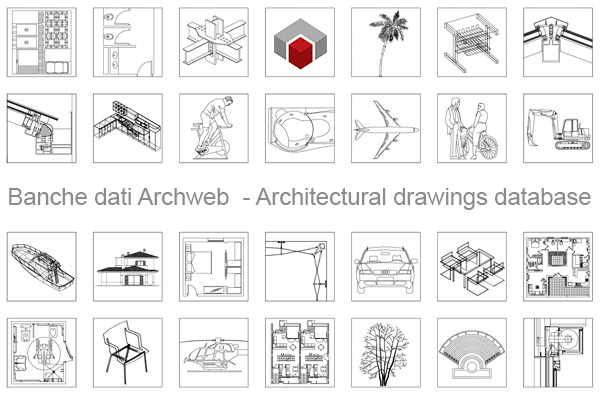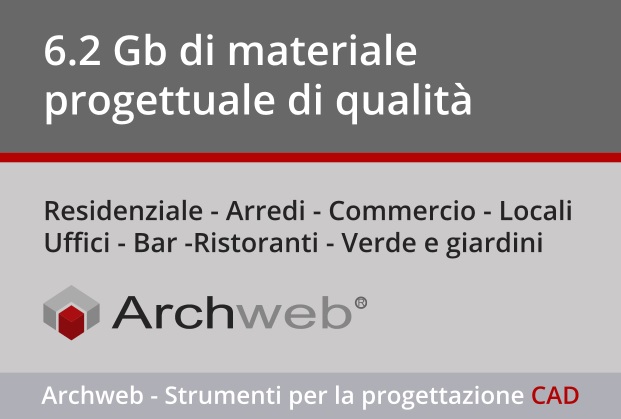Solar panels
Textures for rendering
Textures of solar panels suitable for rendering buildings with a photovoltaic system on the roof
A photovoltaic panel is an optoelectronic device capable of converting solar energy into electrical energy. This process occurs through the photovoltaic effect1 , a physical phenomenon whereby certain semiconductor materials, such as silicon, generate an electric current when exposed to sunlight.
It is composed of photovoltaic modules, which in turn consist of photovoltaic cells, and is typically used as a current generator in a photovoltaic system.
It may be aesthetically similar to the solar thermal panel, but while both have solar energy (solar radiation) as their primary energy source, they have different purposes and operation. Both are sometimes referred to simply by the generic name ‘solar panel’.
The energy produced by photovoltaic panels is clean and renewable, and can be used to power homes, businesses, and even be fed into the electricity grid. The efficiency of a panel depends on the quality of the cells, the orientation relative to the sun, and other factors such as temperature and the presence of shadows.
1. The photovoltaic effect is the physical phenomenon behind the conversion of sunlight into electrical energy, and is the principle on which photovoltaic panels are based. It occurs when a semiconductor material (such as silicon) absorbs light and releases electrons, generating an electric current.
Here is how it works in detail:
Light absorption: When sunlight hits a photovoltaic cell, photons (light particles) transfer their energy to the atoms of the semiconductor.
Creation of free electrons: The energy of the photons is sufficient to ‘free’ some electrons from their atomic bonds within the material. This creates a potential difference between the top and bottom of the cell.
Electric current: The freed electrons, thanks to the structure of the cell (which has a junction between two layers with opposite characteristics: one n-type and one p-type), move in a preferential direction, generating a continuous electric current that can be used to power electrical devices.
This process occurs without the use of moving parts or chemical processes, making photovoltaic solar energy a clean and efficient solution for electricity generation.































































